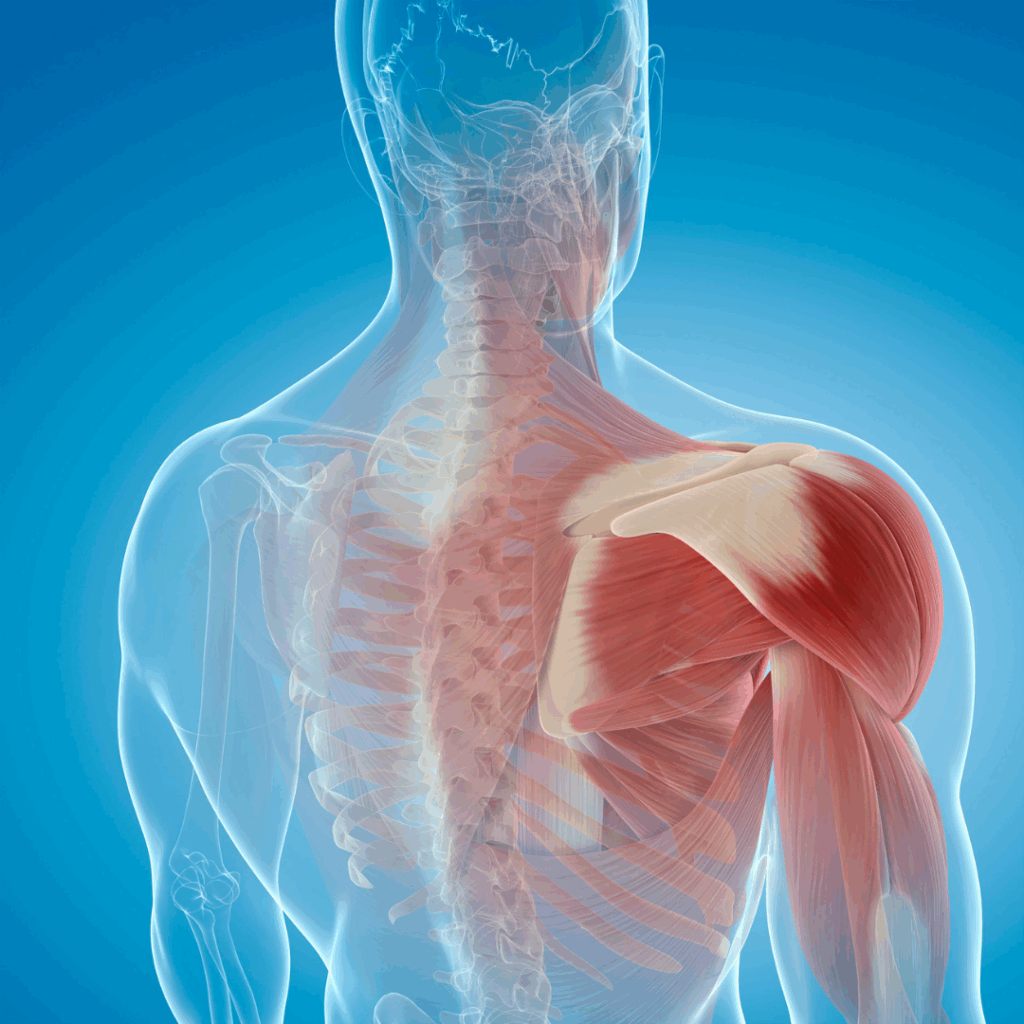Mega Burn Vitamin Injections: Fuel Your Body and Support Your Weight Loss Journey

Maintaining a healthy body weight can be challenging, especially when stress, lack of sleep, and a slow metabolism make it harder to burn body fat. When you consume more calories than you burn, the excess energy often leads to weight gain. Over time, blood sugar spikes, processed foods, and poor lifestyle habits can add up, making fat loss feel out of reach.
At Tucson Wellness MD, we offer Mega Burn vitamin injections as a powerful tool to help you lose weight, burn fat, and improve overall health. By supporting fat burning and energy production, these injections can keep your weight loss goals on track while boosting mental clarity and physical performance.
How Mega Burn Supports Fat Burning
Your body burns calories by converting food into usable energy through mitochondria, the essential energy centers inside your cells. These organelles use amino acids and other nutrients to fuel muscles, tissues, and organs. When mitochondria are functioning efficiently, fat burning improves, and your body can use stored fat instead of holding onto it.
Mega Burn injections work by helping your body maximize fat loss and energy production. By targeting body fat directly, these injections enhance performance, improve stamina, and reduce fatigue so you feel stronger and more focused throughout the day.
The Role of Nutrition and Lifestyle in Weight Loss

Mega Burn works best when paired with a healthy diet and active lifestyle. Research suggests that simple dietary changes such as adding leafy greens, high fiber foods, whole grains, nuts, and healthy fats like olive oil can improve immune function, regulate hormones, and support appetite control.
Avoiding excessive alcohol, processed foods, and too much caffeine from coffee or other drinks also reduces stress on your body systems. Pairing these nutrition strategies with strength training, walking, and other forms of physical activity can help you stick to your weight loss goals, protecting valuable muscle mass while losing body fat.
Benefits Beyond Weight Loss
Mega Burn vitamin injections offer more than just fat loss. Patients report benefits that include:
- Improved stamina and endurance during exercise
- More energy for long hours of work or activity
- Reduced fatigue and better rest at night
- Enhanced mood, focus, and mental clarity
- Support for immune function and overall health
Because the injections work on the cellular level, they provide nutrients directly to the body in a way that supports energy production, appetite regulation, and heart rate balance. This helps you maintain a more consistent lifestyle with fewer dips in energy and greater long-term results.
Personalized Care for Long-Term Success

Every patient’s weight loss journey is unique. Some may struggle with obesity or medical conditions that affect metabolism. Others may face challenges with exercise recovery, stress, or hormone regulation. That’s why at Tucson Wellness MD, we customize Mega Burn injections to your individual needs.
Our team will review your health history, lifestyle, and weight loss goals to design a program that works with your body. By combining injections with realistic strategies like reducing calorie intake, balancing nutrients, and building physical activity into your routine, you can lead a healthier lifestyle with lasting results.
Take the Next Step in Your Weight Loss Journey
If you’re ready to eat smarter, burn more calories, and boost your energy while protecting your overall health, Mega Burn vitamin injections may be the right supplement to support your progress.
Schedule a consultation with Tucson Wellness MD today to learn how this non-invasive treatment can help you lose weight, increase fat burning, and stay energized on your path to long-term wellness. Get started with a visit to our website.


